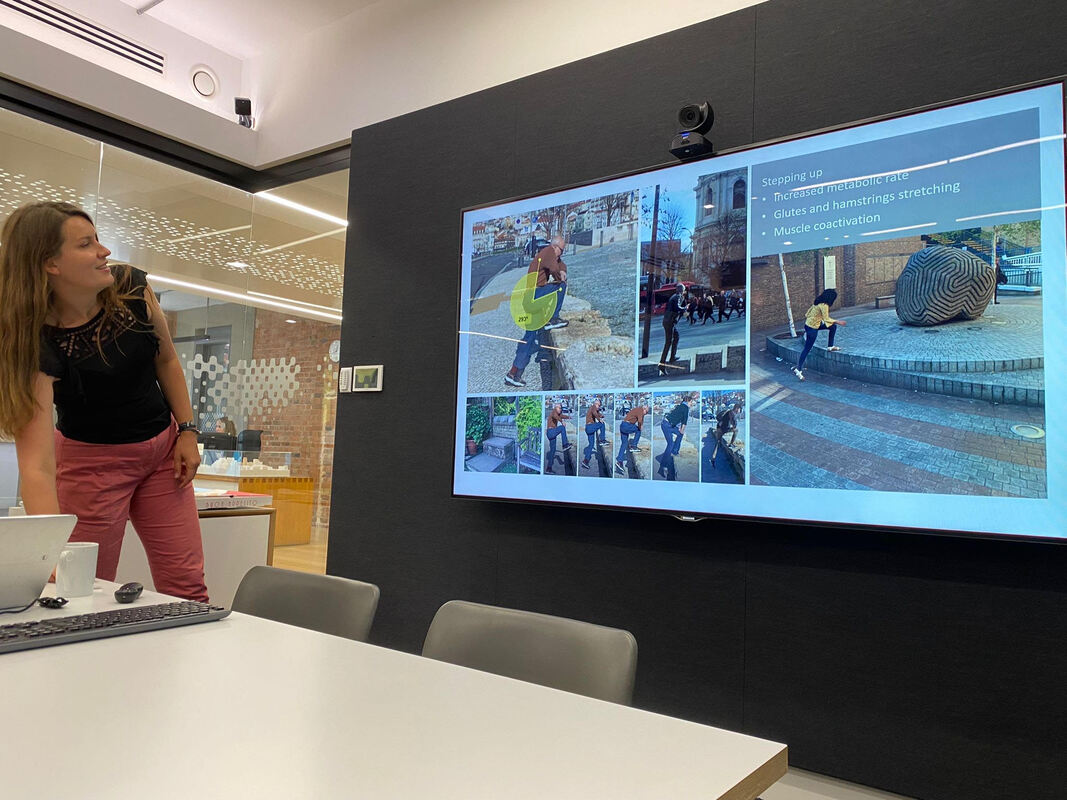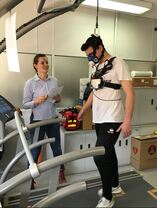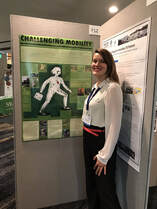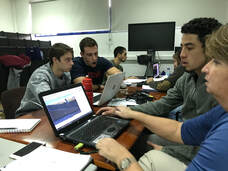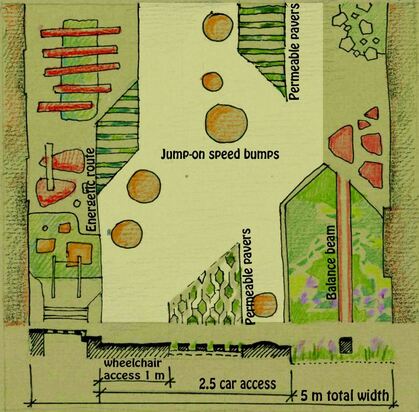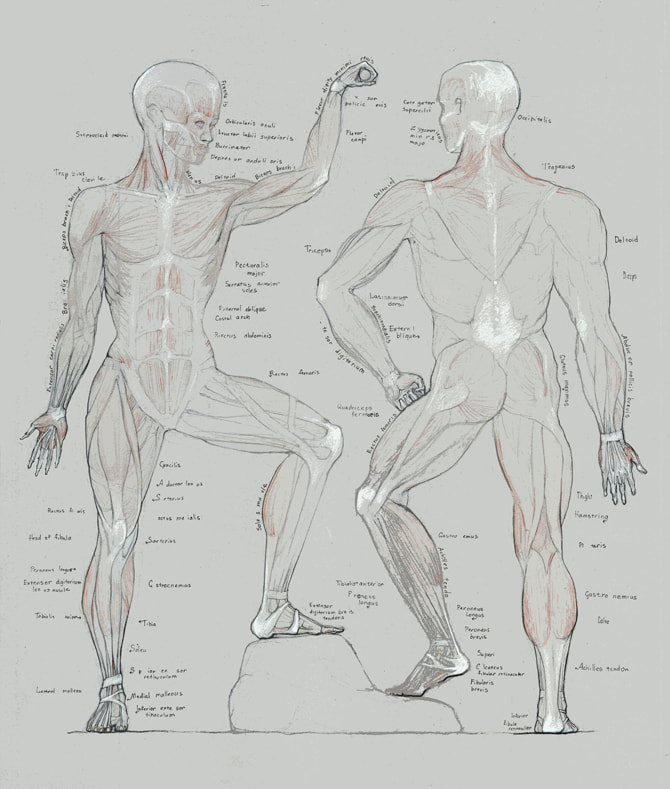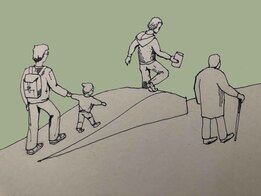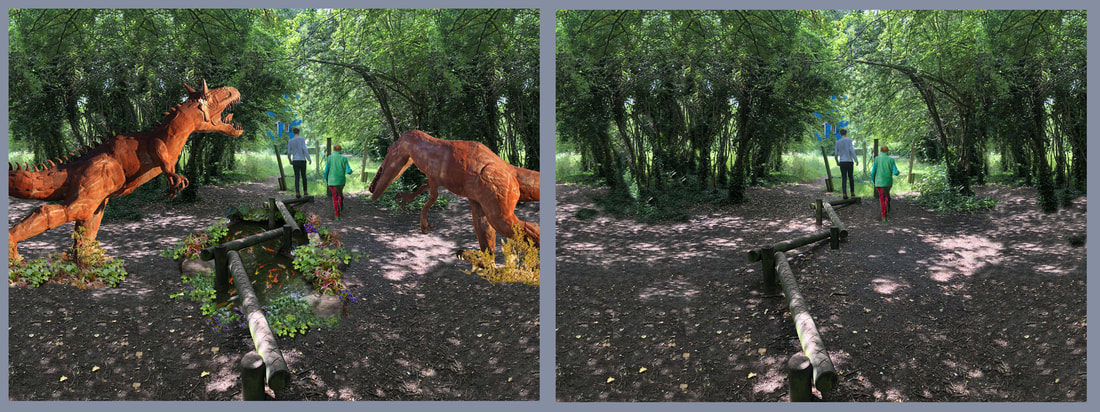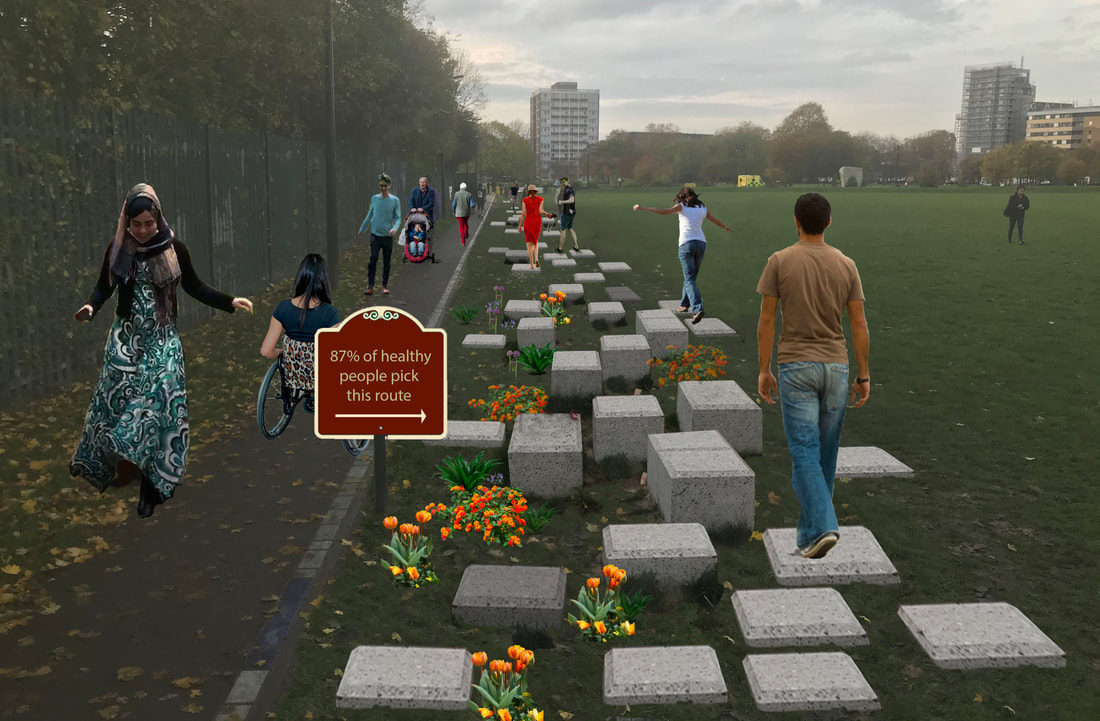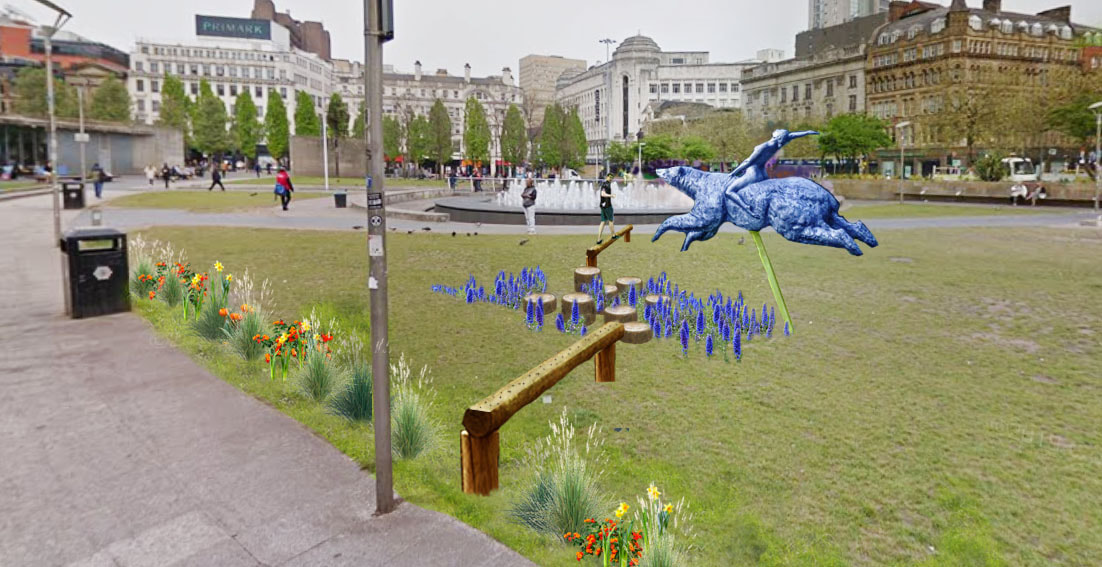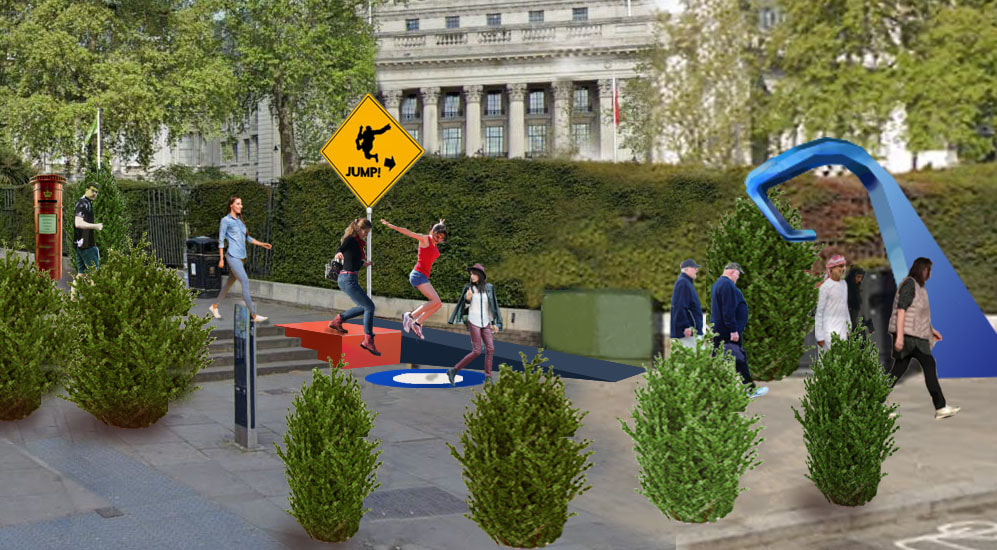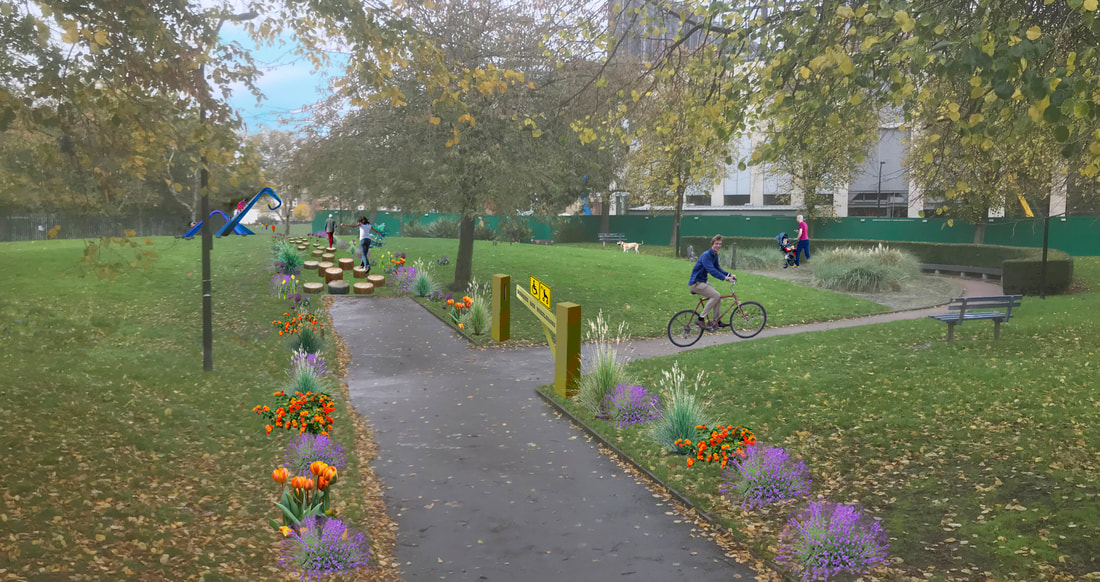Research
|
The main goal of the current research is reverting the "inactivity pandemic": making people healthier, fitter and happier.
With the help of over 20 specialists from UK, Portugal and US we ran a series of experiments to define the best exercises that landscape can facilitate. We also found best ways to use socio-psychological clues, choice architecture principles and marketing insides to divert pedestrians to use the Challenging Routes. Now we are offering our services facilitating Active Landscape design: as consultants or designers. |
Publications: |
